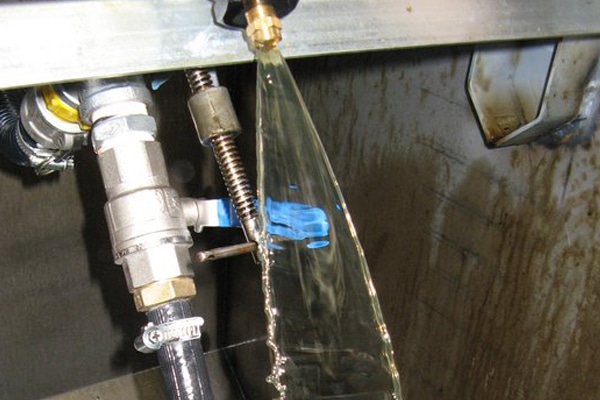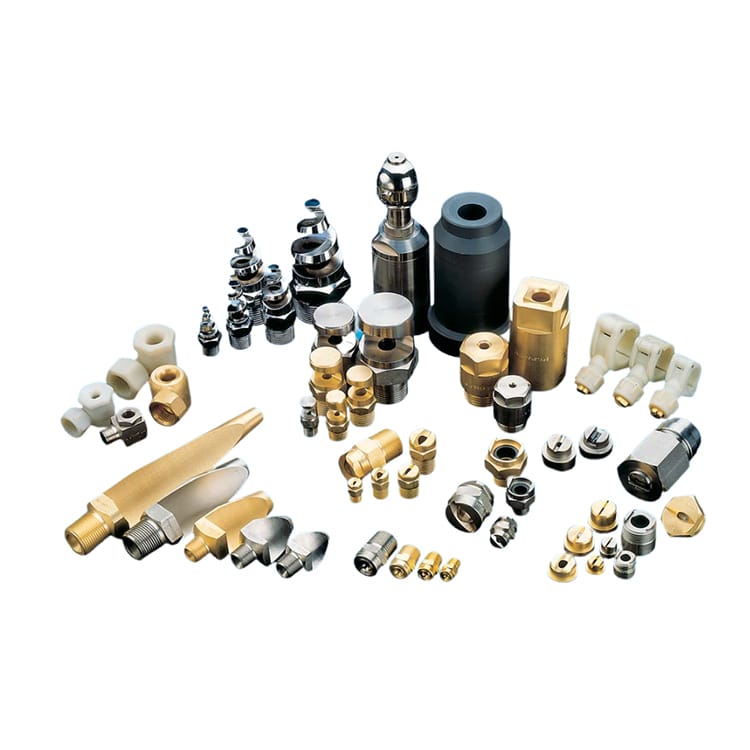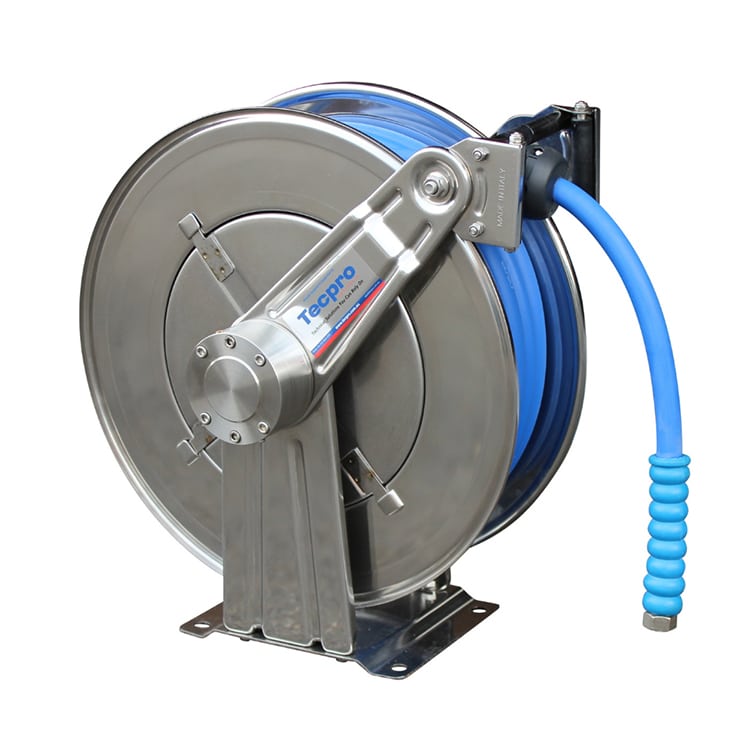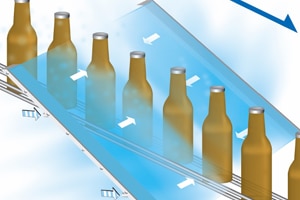Lubrication
Lubrication is the process of applying a lubricant to reduce friction, wear, and heat generation between moving surfaces in contact with each other. The primary purpose of lubrication is to improve the efficiency, reliability, and longevity of machinery and equipment by minimizing friction-related damage. Lubricants can be in various forms, including oils, greases, and solid lubricants, and they play a critical role in a wide range of industries.
Functions of Lubrication:
- Reduction of Friction:
- Lubricants form a thin film between moving surfaces, reducing the friction that occurs during contact. This minimizes wear and energy loss, leading to improved efficiency.
- Wear Protection:
- Lubrication helps protect surfaces from wear and tear caused by repeated contact and movement. This is especially crucial in machinery and equipment with rotating or sliding components.
- Heat Dissipation:
- Lubricants absorb and dissipate heat generated during friction, preventing excessive temperature rise that could damage components. Effective heat dissipation contributes to the overall efficiency of machinery.
- Corrosion Prevention:
- Lubricants provide a protective barrier against corrosion, particularly in environments where metal surfaces are exposed to moisture and other corrosive elements.
- Sealing and Contamination Control:
- Lubricants can create a seal between moving parts, preventing the entry of contaminants such as dust, dirt, and water. This helps maintain the cleanliness of the machinery and extends component life.
Types of Lubricants:
- Liquid Lubricants:
- Mineral Oils: Refined from crude oil, mineral oils are commonly used as lubricants for various applications.
- Synthetic Oils: Chemically engineered lubricants with tailored properties, offering enhanced performance in terms of temperature stability, oxidation resistance, and viscosity.
- Greases:
- Greases consist of a thickening agent (such as a soap or a polymer) dispersed in a liquid lubricant. They are semi-solid and adhere well to surfaces, providing long-lasting lubrication.
- Solid Lubricants:
- Materials like graphite and molybdenum disulphide are used as solid lubricants. These substances reduce friction and wear when applied to surfaces.
Methods of Lubrication:
- Manual Lubrication:
- Lubricants are applied manually to machinery components. This method is common in small-scale or infrequently lubricated systems.
- Automatic Lubrication:
- Automated systems, such as centralized lubrication systems or automatic lubricators, use spray nozzles to deliver precise amounts of lubricant to designated points at scheduled intervals. This ensures consistent and timely lubrication.
- Splash Lubrication:
- Common in internal combustion engines, splash lubrication relies on the motion of rotating parts to splash lubricant onto critical components.
- Circulating Lubrication:
- Lubricant is circulated through a system of pipes or channels to reach various components. This method is common in industrial machinery and large engines.
- Boundary Lubrication:
- In situations where the load and speed are high, lubrication may occur at the boundary between surfaces, with the lubricant forming a protective film under extreme pressure.
Lubrication Maintenance:
- Oil Analysis:
- Regular analysis of lubricating oils helps monitor the condition of the lubricant and identify potential issues such as contamination or degradation.
- Re-lubrication Intervals:
- Establishing and adhering to appropriate re-lubrication intervals helps ensure that machinery is consistently and adequately lubricated.
- Equipment Inspection:
- Regular visual inspections and checks for signs of wear, overheating, or lubricant contamination are crucial for proactive maintenance.
- Correct Lubricant Selection:
- Selecting the right lubricant for specific applications, considering factors like temperature, load, and speed, is essential for optimal performance.
- Lubrication Training:
- Proper training of personnel involved in lubrication tasks is vital to ensure that best practices are followed, and mistakes are minimized.
Lubrication is a critical aspect of machine reliability and performance across various industries. Proper lubrication practices, including the use of the right lubricant, appropriate application methods, and regular maintenance, contribute to the overall efficiency and longevity of machinery and equipment.
Founded in 1982, Tecpro Australia has developed an enviable reputation for providing reliable and cost-effective technical solutions for a vast range of industrial applications. Products suitable for lubrication application include:
* Spray Nozzles
* Hose Guns & Foaming Units
* Hose Reels
Our customers benefit from the following:
• Access to a broad range of quality solutions and technical advice
• Local sales support and customer service with a focus on integrity and honesty
• Over 30 years’ experience of providing expertise and solutions
• Quality European manufactured products.






